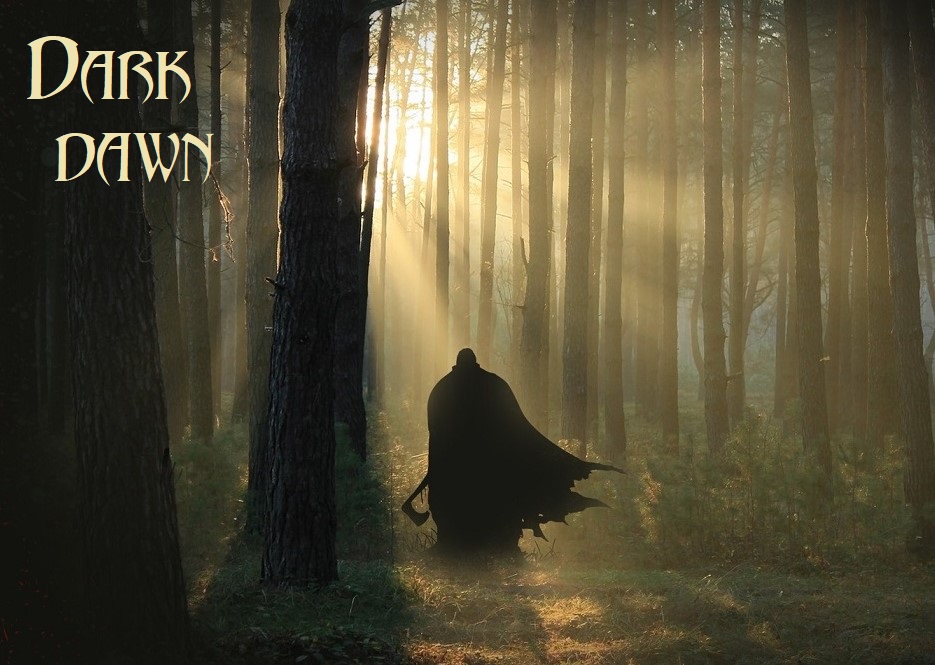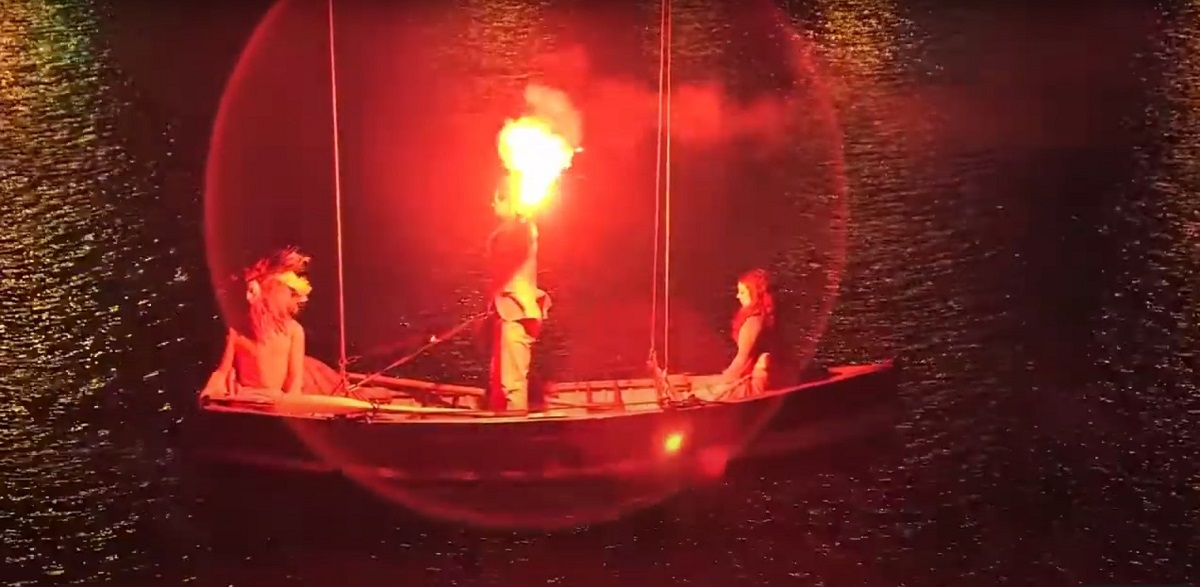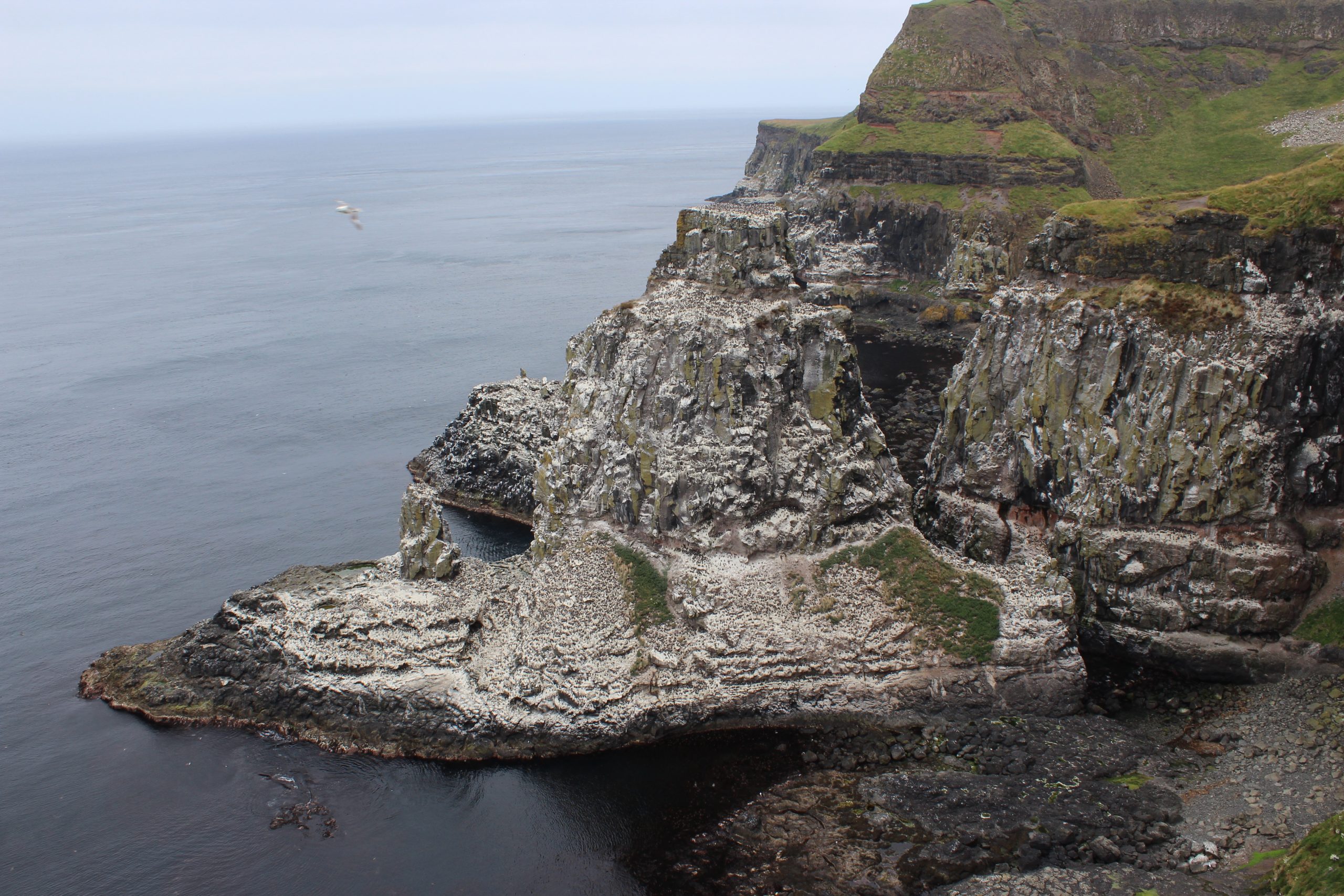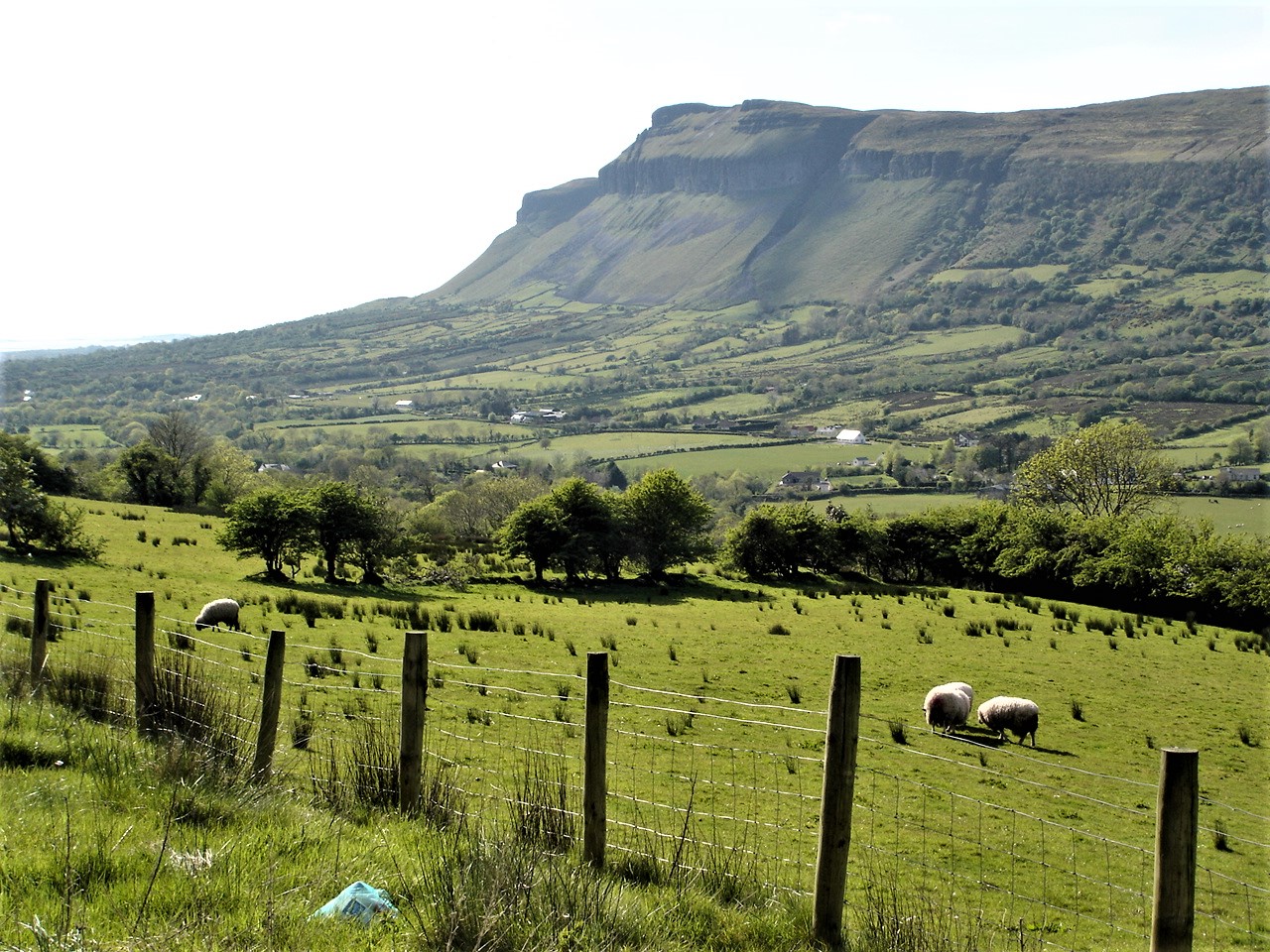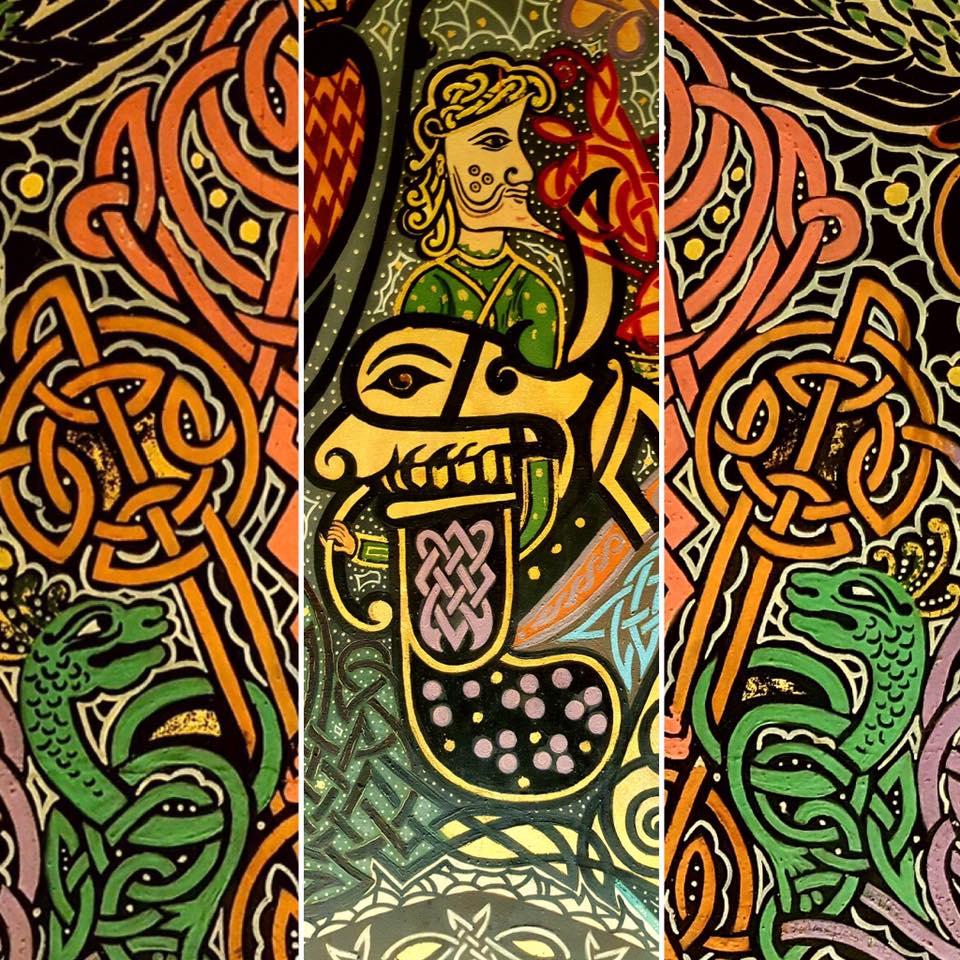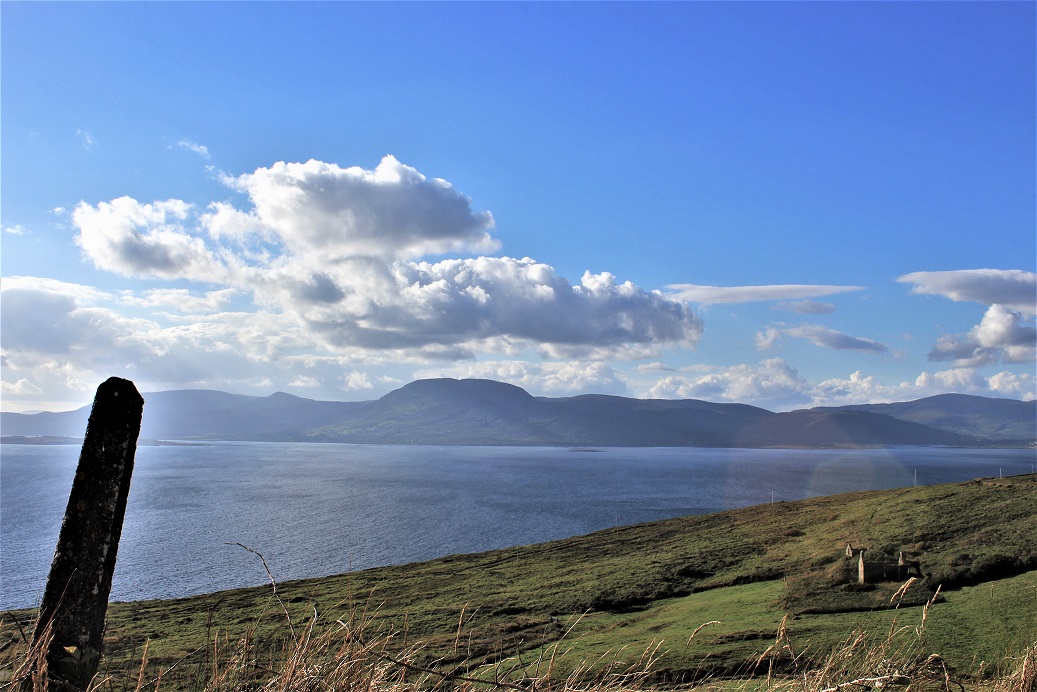
Looking across to Beara from the Sheep’s Head peninsula with ‘Cnoc Daod’ glowering under the central clouds. The name ‘Cnoc Daod’ can be roughly translated as ‘the quick tempered hill‘ (relating to the weather and its ability to turn bad fast). Back in the day, the name was anglicized to ‘Hungry Hill’ (and there’s an old – not sure how credible – story explaining that) which I personally refuse to use.
Interestingly, there was a film made in 1946 based on Daphne du Maurier’s bestselling novel ‘Hungry Hill’ (ironically, shot in Wicklow) – based on two Irish families feuding over a copper mine on the hill. By all accounts, it’s pretty bad, factually wrong on most counts and “oh, so, very Oirish” – in other words, a typical foreign representation of Ireland and Irish stories. From the poster, I get the impression this was an attempt to cash in on the success of ‘Gone with the Wind’.
I’m looking forward to heading back to Beara in the next few months. While I’m there, I’ll be working on an outline for a potential television series based on the Beara Trilogy books. I’m not overly convinced that’s ever going to happen but it’ll help me prepare for when I get back to writing ‘Beara: Cry of the Banshee’.
Pleased ot say, I finally have a plan in that regard.



